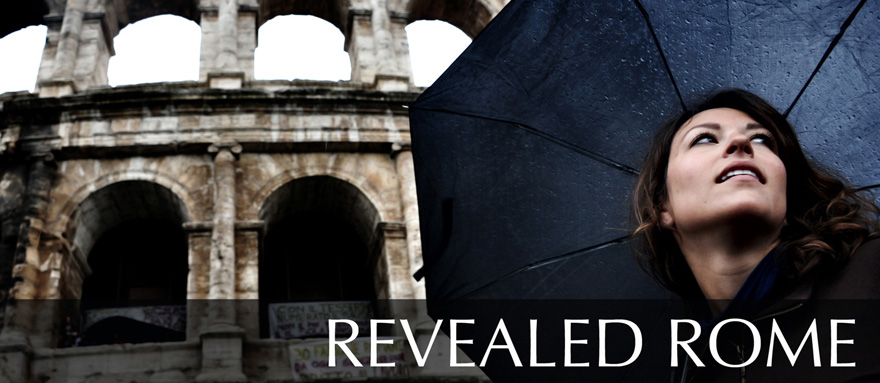We won’t sugarcoat it: Rome long has had an uneasy relationship with its immigrant population, including its Chinese residents. Over the past few months, though, from the Palazzo Venezia exhibit comparing the ancient Roman and Chinese empires to the launch of “The Year of Chinese Culture” in Italy, that seems like it’s starting to turn around.
How Rome’s celebrating the Chinese New Year this weekend makes that attempt at more mutual respect even clearer.
Rome’s Chinese population always has celebrated the New Year, of course. But the parades and parties have been at the Esquiline hill — the neighborhood around Termini and Piazza Vittorio often nicknamed “Chinatown” for its plethora of Chinese families and businesses.
This year? Those festivities will take place in Rome’s center. It’s a recognition not just of the Year of Chinese Culture, but, perhaps, of the sheer size and influence of Italy’s Chinese population: The Chinese make up the nation’s 4th-largest foreign community, after the Romanians, Albanians and Moroccans.
The top two events are:
Tomorrow, Feb. 5, the Auditorium Parco della Musica will host a performance with lions, dragons, and a drum dance. That’s from 6pm-8pm.
And on Sunday, Feb. 6, a Chinese New Year parade will take place at Piazza del Popolo, ending with a firework display. That goes from 6pm-8pm, too.
There are also events nationwide, including in Naples, Turin, Venice, Milan, and Prato.


 While neat, the exhibit is far from thorough. It's just a teaser. And that's the whole idea. It's a preview of a bigger exhibit coming to Palazzo Venezia in November, which will boast 450 different Italian and Chinese pieces.
While neat, the exhibit is far from thorough. It's just a teaser. And that's the whole idea. It's a preview of a bigger exhibit coming to Palazzo Venezia in November, which will boast 450 different Italian and Chinese pieces.